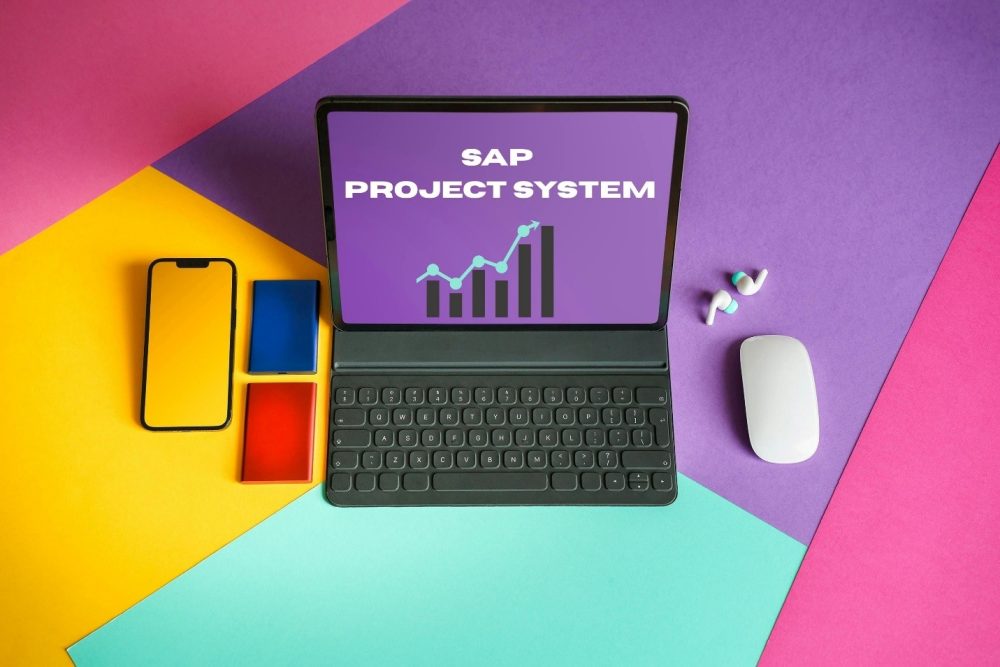Difficulties in such projects due to the large number of different subdivisions, timeframe and expenditures can be too daunting to deal with without the right tools. The problems faced by organisations related to missed deadlines, shortage of resources, non-visibility and cost overruns. You should learn about some of the common challenges in project management today. Luckily, SAP has its powerful tool that can assist companies in being more project-efficient—the Project System (PS) module.
In this SAP project systems overview, we will see how this tool helps organisations manage complex projects and why it is regarded as one of the most effective systems to control projects and report.
What is SAP Project Systems?
SAP Project Systems (SAP PS) is a submodule of the bigger ERP SAP designed to help manage projects, big and small, and of various complexities. SAP PS aids in the monitoring of all project-related activities, including project planning, scheduling, budgeting, and execution.
SAP PS is fully integrated with other SAP modules that include Materials Management (MM), Finance (FI), Controlling (CO), and Human Capital Management (HCM). Such an interconnected design will provide real-time updates, increased accuracy of data and also the improvement of better decisions.
Key Features of SAP PS
1. WBS
SAP PS has a hierarchy WBS of breaking down projects into manageable portions. This system facilitates proper planning and more supervision and control of every stage of the project.
2. Contact and Activity
The module enables one to build networks with stipulated activities and relationships. This ensures that scheduling is more accurate and eliminates overlaps and areas of congestion.
3. Cost and Budget Control
Among some of the most outstanding natures are the capability to allocate budgets to individual WBS elements and to trace costs on a real-time basis. The integration with the SAP Controlling module keeps the cost-related data up to date.
4. Resource Management
SAP PS assists in assigning and coordinating resources, human and material, to ensure that the resources are there when they are required without being overutilized or being delayed.
5. Milestone Tracking
As the users of SAP PS, teams may establish and observe milestones to keep the project under control. This will give a greater degree of visibility and facilitate better decision-making.
The Importance of SAP Project Reporting
Project reporting is an essential success factor of the project. SAP project reporting allows the ability to develop real-time insights into project performance. Reports may contain information about budget vs. actual costs, resource consumption, progress in accordance with timeframes, and so on. Not only does this help with transparency but also contributes to continuous improvement as what was working and what needs adjustment comes to the fore.
What Will Make You Use SAP PS On Complex Projects?
Major projects tend to cross boundaries of teams, sites, and functions. At this level of complexity, the management is impossible without a centralised system. SAP PS provides an integrated system that ties all the elements of an undertaking together in order to minimise risks and be efficient.
In addition, the system will facilitate its compliance and audit needs, as all project actions, approvals, and transactional records will be logged.
To Be Concluded
As we have seen in this SAP project systems overview, the SAP PS module is a good friend to organisations with a complex project environment. It introduces order, transparency, and management to all phases of project administration -including the very planning to the ultimate delivery.
If you are managing a multi-nation construction site or rolling out a new IT system, SAP PS and SAP Project Reporting functions will help you keep on schedule, on budget, and in line with strategic objectives.
